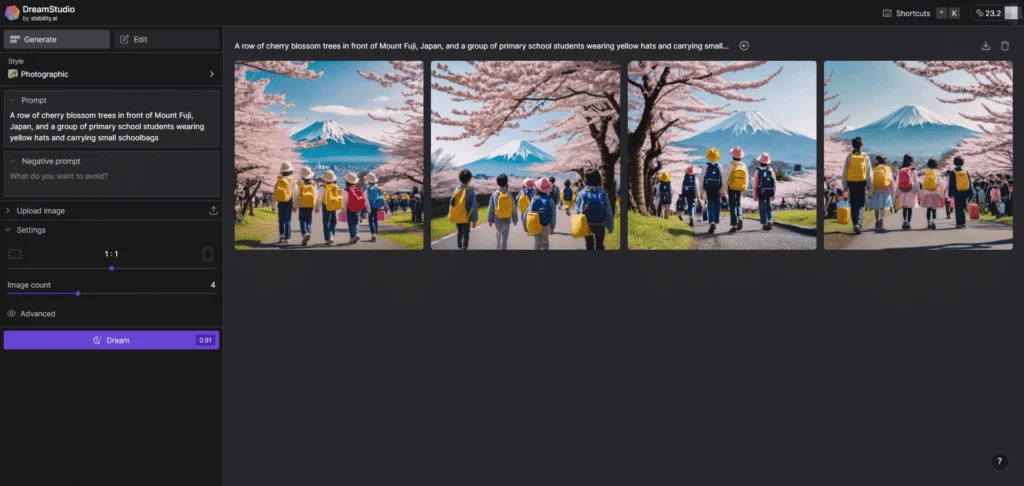In today’s fiercely competitive business environment, brands must excel in two key areas to stand out: 1) effectively managing and operating private traffic, and 2) maintaining strong connections with existing customers. If brands fail to succeed in these areas, they risk losing their market position and ultimately facing decline.
As digital marketing technology rapidly advances, traditional advertising and promotional methods are no longer sufficient for sustaining brand growth. Brands that focus on cultivating private traffic and retaining loyal customers are gradually gaining dominance in the market. This article explores the significance of private traffic management and customer retention for ensuring long-term business success.

1. The Rising Difficulty and Cost of Acquiring Traffic
With the rising difficulty and cost of acquiring traffic, brands that can convert public traffic into private traffic will be able to retain potential customers and gradually influence them to become loyal buyers.
As the internet becomes more prevalent and digital marketing evolves, competition for public traffic has intensified. Advertising costs on major platforms have skyrocketed, while consumers’ time and attention are increasingly fragmented. As a result, relying solely on large-scale ad campaigns to acquire new customers has become more challenging and expensive. In contrast, converting public traffic into private traffic not only reduces customer acquisition costs but also allows for a more targeted approach, gradually fostering interest and trust in potential customers, eventually turning them into loyal patrons.
2. Case Study: Xiaomi’s Private Traffic Success
Xiaomi serves as an excellent example of how to successfully manage private traffic. The company has amassed a large and loyal fan base through various channels, including social media and forums. These fans have become Xiaomi's "seed users," playing a crucial role in promoting new products. By interacting directly with users and collecting valuable feedback, Xiaomi continuously improves and innovates its products. Similar to Apple’s feedback loop, Xiaomi has strengthened its connection with users, increasing their lifetime value (LTV).
3. The High Cost of Acquiring New Customers vs. Retaining Existing Ones
Many brands focus heavily on acquiring new customers, but it’s essential to recognize that the difficulty and cost of acquiring new customers far outweigh those of retaining existing ones. Operating efficiently with existing customers offers a higher return on investment (ROI).
Studies show that retaining an old customer costs significantly less than acquiring a new one. According to data from the renowned consulting firm Bain & Company, a 5% increase in customer satisfaction can boost profits by 25% to 95%. This means that by offering high-quality products and services to maintain customer relationships, brands can not only reduce costs but also achieve greater returns.
4. Case Study: Amazon Prime’s Retention Strategy
Amazon's Prime membership program is a prime example of how retaining customers can lead to higher repurchase rates and increased overall sales. By offering various privileges and services through Prime, Amazon keeps users engaged and builds long-term loyalty. This loyalty program helps increase customer lifetime value (CLV), benefitting the company in the long run.
5. The Power of Private Traffic Management
Private traffic operations provide brands with a more direct and controlled channel for interaction, resulting in more effective and immersive engagement.
Through private traffic management, brands can directly communicate with users via their own media channels, without being affected by changes in third-party platform rules. This method allows for more control over information dissemination and deeper engagement. For example, using enterprise WeChat, brand apps, or email marketing, brands can more precisely target their audience and provide personalized services, improving the overall customer experience.
6. Case Study: Starbucks’ Membership System
Starbucks' membership system is a prime example of how private traffic management can strengthen customer loyalty. The system allows Starbucks to better understand customer preferences and introduce new products that align with their tastes. By analyzing membership data, Starbucks can optimize products and services, enhancing customer lifetime value.
7. Word-of-Mouth: The Power of Satisfied Old Customers
Satisfied old customers often become the best advocates for a brand. By providing high-quality products and services, brands can encourage customers to share their positive experiences with others, creating a word-of-mouth effect that is more effective than any form of advertising.
For example, Haidilao, known for its exceptional service quality, has attracted many loyal fans who willingly share their dining experiences on social media, further expanding the restaurant’s influence. Through stellar service, Haidilao has inspired customers to spread the word, attracting more potential customers and increasing the lifetime value of existing ones.
8. Leveraging Customer Feedback for Continuous Improvement
Old customers offer valuable insights into market demand and can actively participate in co-creating and iterating products and services.
Customer feedback is a crucial factor in improving products and services. By maintaining continuous interaction with old customers, brands can gain deeper insights into market dynamics and changing consumer needs. This enables them to adjust strategies promptly, driving continuous product and service upgrades.
For instance, Apple places great emphasis on customer feedback, regularly updating its product lines based on user demands and market trends to stay ahead of the competition. By gathering and analyzing user feedback, Apple continuously optimizes its product features to meet the diverse needs of its customers, enhancing their loyalty.
9. Maximizing Customer Lifetime Value for Profit
Maximizing customer lifetime value (CLV) is key to achieving profitability in today’s highly competitive business environment.
CLV refers to the total value a customer generates for a company throughout their entire relationship. Unlike the short-term benefits of a one-time transaction, CLV focuses on the long-term value of customer relationships. By managing these relationships effectively, businesses can maximize the overall profit from each customer.
Loyalty programs are a vital tool for increasing CLV. Implementing effective loyalty programs, such as points-based rewards or exclusive discounts, can incentivize repeat purchases. For example, Starbucks’ rewards system enhances customer loyalty by offering points for purchases, which can be redeemed for free drinks and other perks. Personalized experiences, based on customer preferences and purchase history, also play a critical role in boosting CLV. Netflix, through its personalized recommendation system, improves user satisfaction and loyalty by offering tailored viewing suggestions.
Conclusion: Ignoring Private Traffic and Customer Retention is a Risk
In today’s fast-paced and highly competitive market, neglecting private traffic management and customer retention is a sure path to failure.
Private traffic is not just part of a brand’s assets but also the lifeline of a brand’s survival and prosperity in the digital age. It represents a deep trust and interactive relationship between the brand and its users, allowing brands to find a path to growth despite market uncertainties. Old customers are not only a stable source of revenue but also natural advocates for the brand, attracting more potential customers through word-of-mouth.
In short, if a brand fails to manage private traffic well and cannot retain its old customers, its future is in jeopardy. This is a warning from the real business world that every brand should heed and act upon.






